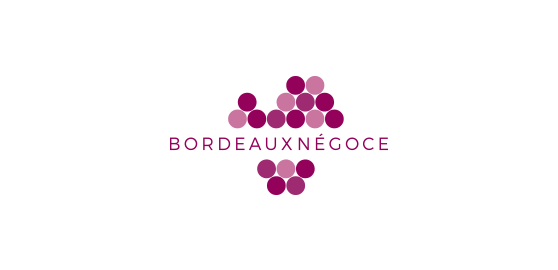Our partners
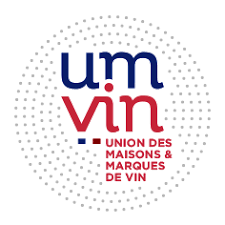
UMVIN
Nationally, Bordeaux Négoce is part of a network of 16 wine merchants’ syndicates, established in all the winegrowing regions of France. Under the banner of the Union des Maisons & Marques de Vin, these Wine Trade companies share and maintain a joint vision, based on their values, their integration at the core of these regions and their brands, developed by being attentive to markets and consumers.
In France and in Europe, the UMVIN supports the interests of some 700 companies established in the heart of French regions.
The President of this Union is Michel CHAPOUTIER (Maison Chapoutier).
See the website
CIVB
The CIVB is the Interprofessional organisation representing the Bordeaux wine industry’s two professional categories: viticulture and wine trade. Besides its general interest mission (protecting terroirs, combating fraud, promoting wine tourism, adapting to the competitive environment), the CIVB has three fundamental roles:
- to carry out the studies required for the orientation, regulation and organisation of the market for Bordeaux wines;
- to develop demand for Bordeaux wines by promotion activities;
- to monitor the quality of Bordeaux wines at the stage of commercialisation and support research, with the aim of adapting the winegrowing region and improving the quality of wines.
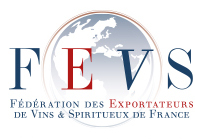
FEVS
On behalf of its members, Bordeaux Négoce has membership of the Fédération of Exportateurs de Vins et Spiritueux de France (Federation of Wine & Spirits Exporters), whose President is César GIRON (Pernod Ricard), which groups together 550 companies representing as a whole 85% of all French exports of wines and spirits. They are companies of all sizes, from all regions of French production and all types of product (wines, spirits, liqueurs, flavoured wines, aperitif wines…).
The FEVS plays its role as a representative professional organisation concerning all subjects of international interests for the sector: regulations, market access, trade agreements, public health…
See the website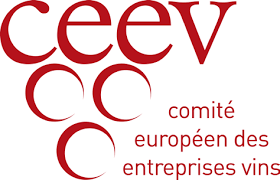
CEEV
Through the UMVIN, Bordeaux Négoce is a member of the Comité Européen des Entreprises du Vin (European Committee of Wine Companies), European association representing companies within the industry and commerce of wine. It brings together 7 000 companies – mainly small and medium-sized businesses – via 23 national organisations and 11 member states of the European Union, as well as Switzerland, the United Kingdom and Ukraine, and a consortium of 4 major European winegrowing companies. *
Together, these companies produce and sell the large majority of European wines of quality, with and without geographical indication, and represent more than 90% of European wine exports.
See the website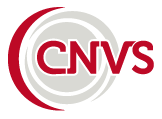
CNVS
All the professional social policy of the industry is decided within the CNVS, whose prerogatives and assignments follow on from the national Collective Labour Agreement for France’s wines, ciders, fruit juices, cordials, spirits and liqueurs. The CNVS has all legal authority to negotiate and conclude nationwide, with trade unions of employees, agreements applicable to all companies of the sector: training, lowest wage and categorisation, GPEC (projected jobs and skills management), welfare plan…Bordeaux Négoce has membership of the CNVS on behalf of all its members.
See the website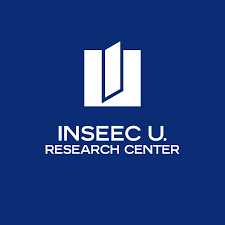
INSEEC Wine & Spirits chair
The INSEEC Wine & Spirits chair’s role is to develop applied research in the economics and management of the wine and spirits industry, by putting forward ideas and innovative, visible solutions regionally, nationally and internationally. Its aim is to establish a centre of reference for research on an international level.
See the website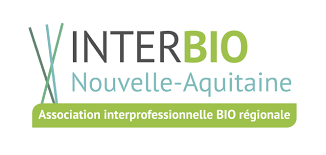
InterBio Nouvelle-Aquitaine
INTERBIO is the regional, interprofessional organic association for the Nouvelle-Aquitaine region. A sign of flourishing quality in the Gironde department, Bordeaux Négoce is closely involved alongside more than 250 organisations and professional members.
See the website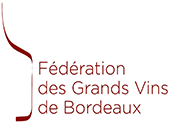
FGVB
The Fédération des Grands Vins de Bordeaux brings together 24 wine syndicates – Protection and Management Organisations (ODGs), administering 37 AOCSs, 7 denominations and 64 types of wine), as well as the Syndicate for Gironde producers of Wines with no geographical indication (Vsig). Through these organisations, it assembles all winegrowers of the Gironde. Its functions are to draw up the policy for Bordeaux viticulture, to defend its collective interests with public authorities, to appoint representatives from the production industry in various organisations, locally (the CIVB, for example), nationally (CNAOC, INAO, for example), and to centralise and circulate information to its members.
See the website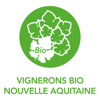
Vignerons Bio Nouvelle-Aquitaine
Established in 1995, by winegrowers and for winegrowers, Vignerons Bio Nouvelle-Aquitaine brings together more than 200 Organic winegrowers in the region of Nouvelle-Aquitaine to support the development of certified, pluralist and economically viable Organic Agriculture. This production method, which gives great consideration to the environment, makes it possible to maintain and improve the fertility and structure of soils; it encourages biodiversity and contributes to preserving the quality of water and the air.
See the website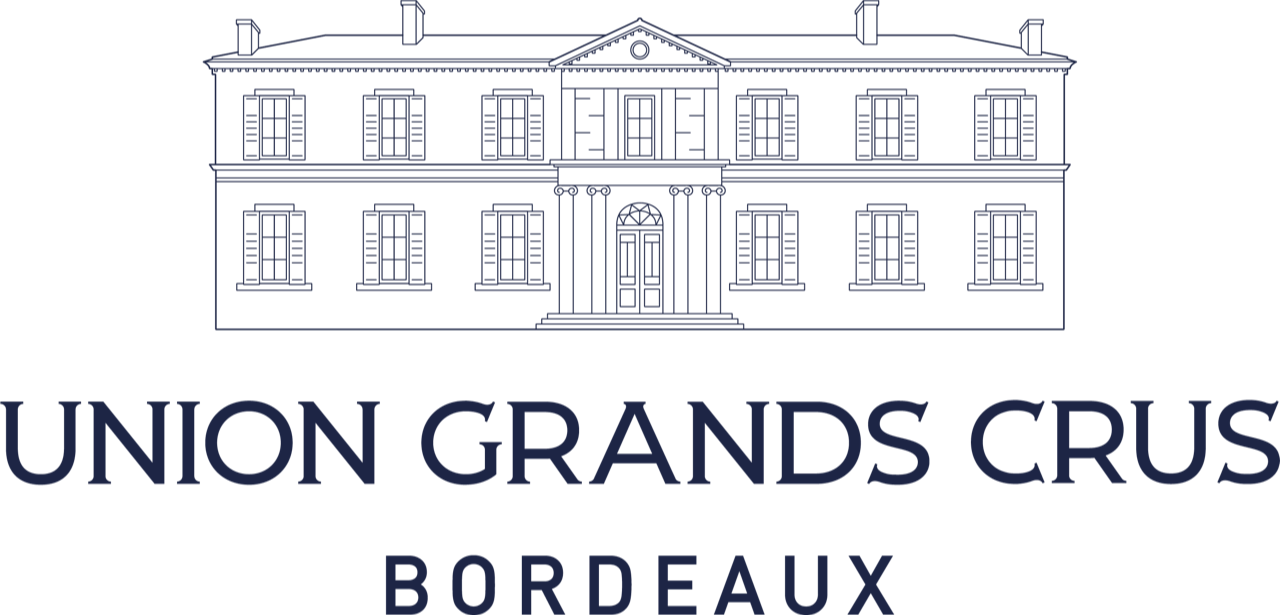
UGCB
At the beginning of the 1970s, during a trip to Japan, a small group of wine estate owners prepared the groundwork for establishing the Union des Grands Crus de Bordeaux, with the aim of developing promotional activities around the world. Nowadays, bolstered by its differences and mutual values of sharing, the Union brings together 131 of the finest Great Growths, based in some of Bordeaux’s most prestigious appellations.
See the website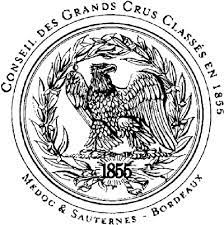
Conseil des Grands Crus Classés en 1855
Chaired by Mr Philippe Castéja, it has a legislative and legal role for the protection of the classification among institutional organisations, whether they are national institutions (ministries, Patent Office), European or international (WTO). It ensures the protection of the use of the classification and the prevention of any possible misappropriation of the “brand”.
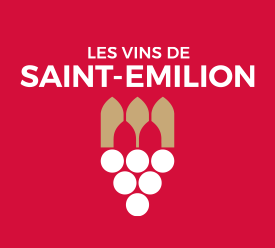
Grands Crus Classés de Saint-Emilion
In 1955, at the request of the syndicate for the protection of the Saint-Emilion Grand Cru appellation, the INAO (French Institute for Appellations of Origins) carried out the classification of wines of this appellation.
Since then placed under its protection, this hierarchy contributes to the renown of Saint-Emilion wines around the world. It is revised every ten years. A challenging provision which boosts winegrowers in their pursuit of excellence.
See the website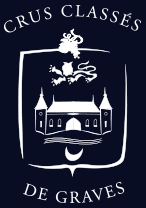
Union des Crus Classés de Graves
At the request of the Syndicate for the protection of the Graves appellation, the INAO (French Institute for Appellations of Origins) carried out a classification in 1953.
The criteria are established per town/village and according to the type of wine produced : red or white.
A distinctive feature: only one level of classification with no hierarchy, this classification is not subject to reviews.
See the website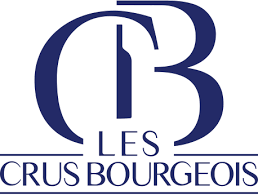
L'Alliance des Crus Bourgeois du Médoc
The purpose of the syndicate is to study and protect the interests of estate owners and winegrowers of Crus Bourgeois du Médoc, as well as ensuring the promotion of these wines.
It is responsible for implementing the classification, revised every 5 years, and deals with its follow-up among promoted wine estates from the 7 prestigious appellations of the Médoc (Médoc, Haut-Médoc, Listrac-Médoc, Moulis, Margaux, Pauillac and Saint-Estèphe), thereby showcasing the diversity of this category of wines with professionals and journalists.
See the website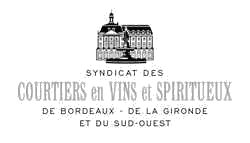
Syndicat Régional des Courtiers en Vins et Spiritueux de Bordeaux
The Regional Syndicate, the largest in France, brings together the majority of wine brokers working in our region, who have a professional identity card issued by the Regional Chamber of Commerce and Industry. As well as interprofessional and official representations, the aim of this syndicate is, among other things, to ensure that members of the trade and properties are presented with all the ethical guarantees they are entitled to demand from intermediaries who visit them.
See the website


